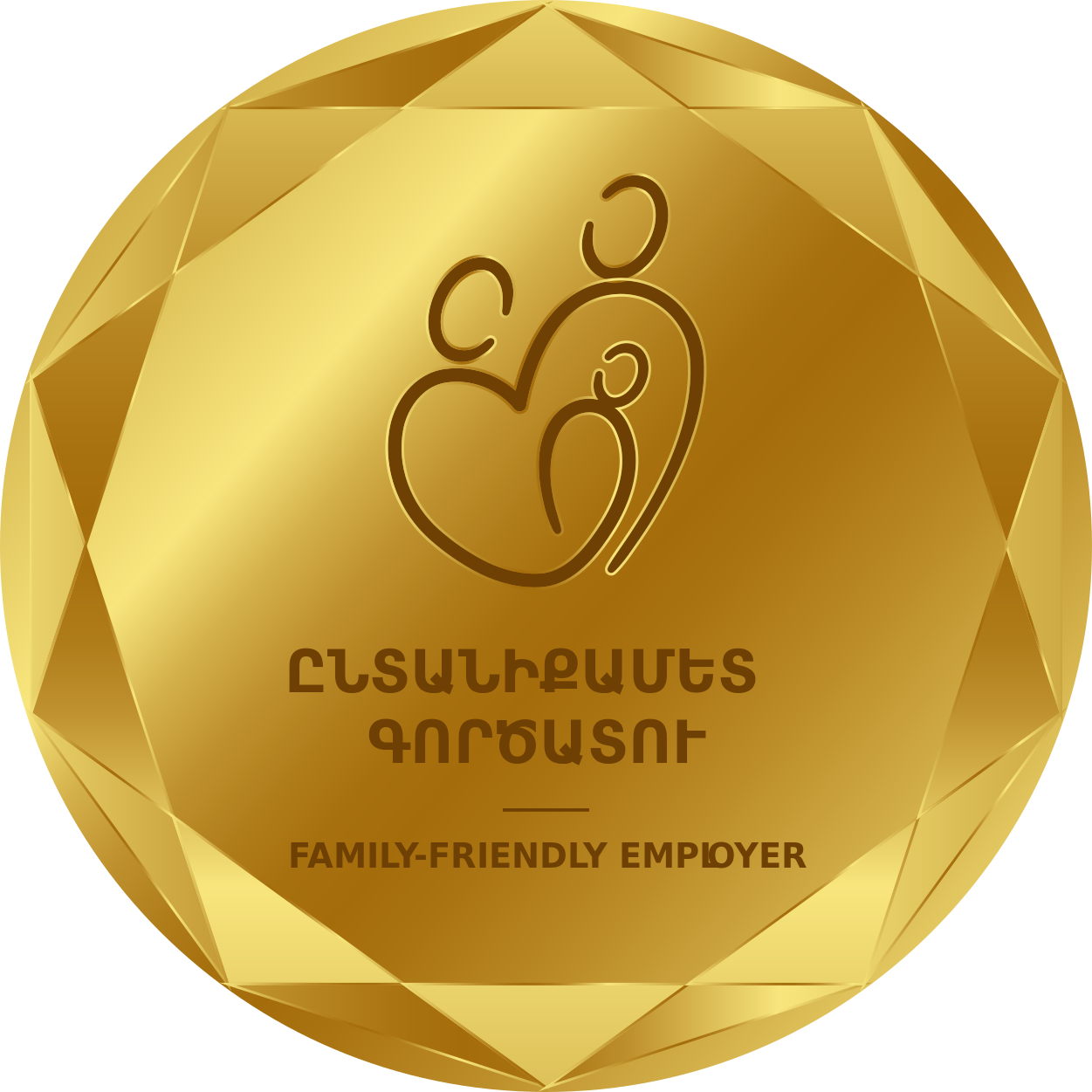Family-Friendly Workplace: A Path to Balancing Work and Family Responsibilities
Employees often struggle to balance family responsibilities with work duties and, in many cases, face a dilemma: either leave their job and lose their income or sacrifice proper care for their child or another family member. The study “Family-Friendly Workplace: Opportunities in Armenia” shows that a family-friendly workplace is the alternative that prevents such dilemmas. It allows employees to stay close to family members who need care while continuing to work and earn an income. In other words, in a family-friendly workplace, leadership adopts decisions and policies to reduce the stress employees face when managing both family responsibilities and job obligations.
A workplace considered family-friendly must also take into account the needs of employees who care not only for minor children but also for elderly parents, spouses, or other relatives.
The components of a family-friendly workplace may vary depending on a country’s legal regulations, the organization’s field of activity, and the leadership’s approach to the issue. However, in general, these components can be grouped as follows:
Flexible working hours/conditions
These allow employees to plan their daily schedule without stress so they can fulfill both their work duties and family or personal needs.
Flexible working conditions may include part-time work, remote work, adjusted start and end times for certain employees, compressed working hours on a weekly or monthly basis, or setting task deadlines instead of fixed working hours. It is important to note that such arrangements should be defined in line with both the organization’s operations and the nature of the employee’s specific role.
Paid leave
Two key principles are important here: employees must be paid during their leave period, and the right to take leave must be granted to all employees, regardless of gender, if they have someone under their care. Typically, this refers to maternity and childcare leave. However, when governments define unequal leave policies for women and men, they directly reinforce the stereotype that caregiving is a woman’s responsibility. In contrast, paternity leave and granting sufficient time for fathers to take it encourage their active involvement in childcare.
Support for childcare and family responsibilities
Such support prevents women from being excluded from the labor market, enabling them to continue both employment and caregiving. In the best-case scenario, it allows employees to combine work and family responsibilities smoothly and without stress.
Support mechanisms may include additional breaks for employees with young or breastfed children, breastfeeding rooms at the workplace, financial assistance for nannies or kindergarten services, children’s rooms for after-school hours, or transportation support to allow parents to reach their children quickly during breaks.
It is important to note that a family-friendly workplace may include one or more of these components, depending on the nature and needs of employees and the organization’s financial and technical resources.
A family-friendly workplace is especially beneficial for working parents, particularly mothers, helping them balance work and family without stress, build successful careers, and fulfill their goals of having and raising children.
For employers, being a family-friendly workplace offers numerous benefits—from a strong public reputation to tangible financial gains.
An organization that adopts family-friendly policies can attract and retain top talent, reducing staff turnover. This increases its market competitiveness and builds a positive image, helping foster new partnerships.
In addition to talent retention and competitiveness, a family-friendly workplace also increases employee loyalty and productivity thanks to supportive workplace practices.
A key condition for developing a family-friendly workplace is the commitment and will of leadership to adopt and implement appropriate policies and approaches. It is especially important when leaders themselves set an example and encourage employees to maintain a work–family balance.
Source: “Family-Friendly Workplace: Armenian Opportunities” study; available in Armenian.




